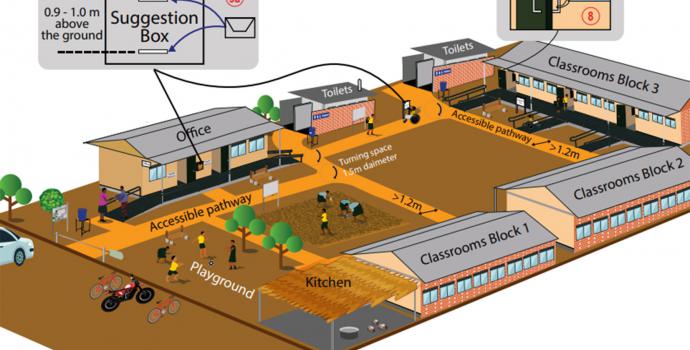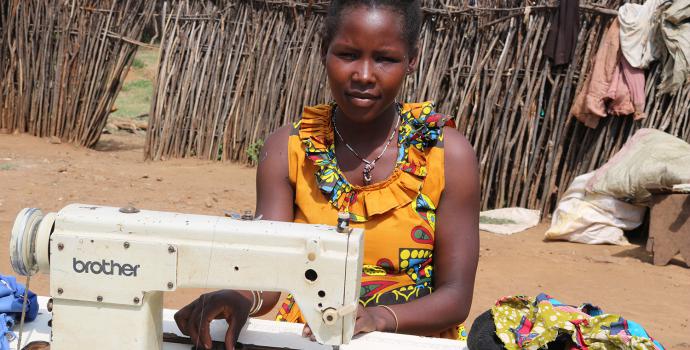Improving learning in Uganda's cattle corridor

“We pastoralists are often affected by drought,” says George Rutavigira.
“Our children help us with the animals during their holidays, but when drought comes during the school term it’s difficult. I decided that my children had to miss school for some days to help me with the grazing.”
It’s a common challenge in Uganda’s impoverished cattle corridor, where many children are out of school.
“The cattle corridor are the hardest areas to reach in the district,” says Judith Agaya, who manages the Enhancing Learning in Primary Schools (ELAP) project. It aims to create quality inclusive education for children in the pastoralist communities of Nakaseke district in central Uganda.
It’s managed to almost quadruple enrolment, from 250 to 940 pupils, and improve the extremely low literacy rates.
Judith says a key step is getting the community to value education. “Parents are now much more involved,” she says.
George was approached by Save the Children teams, who explained the harm that missing out on school can do to children.
Gradually he was convinced. Not only do his children now attend school all year round, but George and other parents play an active role in the everyday running of Kiringazi Chance school.
“We go to school for meetings. We monitor the teachers work and how they manage the children and the learning process. We check the hygiene and how the compound is maintained,” says George.
“Educating a child is vital,” he continues. “When a child is educated, the child can sustain himself in future even without a wealth inheritance because they can be employed.”
The schools are outside the formal government education system and so they receive no budget support from the central government. They desperately lacked essential supplies, so the project has equipped them with things like desks and water tanks.

“During drought, when water is scarce, we can get it from the new borehole,” says Kenneth, a pupil at the school.
We’ve also trained teachers on how to deliver effective literacy lessons. “At the beginning I didn’t know what to do!” says Lydia Kamuzenge, a teacher at Natigi primary school, who says she can now teach children how to read and write much more effectively.
She was also taught how to assess the children and adapt classes and lesson plans to their different needs. “After knowing their strengths and weaknesses, I will prepare a different activity for the fast learners and then for the ones who are taking more time,” she says.
Things are improving, but ultimately the schools need sustainable support.
We’ve been working closely with the district local government to try and get the schools “coded” by central government so they can receive budget support when the ELAP project comes to an end.
“We have incorporated the schools and activities into our budgets and work plans. It is now in our mandate to see how best we can manage them,” says Stephen Batanudde, the District Education Officer in Nakaseke.
He recently received good news that Natigi Chance school, where Lydia teaches, has now been coded and will receive budget.
“We have been promised that Kirangazi Chance school is also going to be coded,” he says.
That way the improvements in education in the cattle corridor will be set to continue.




